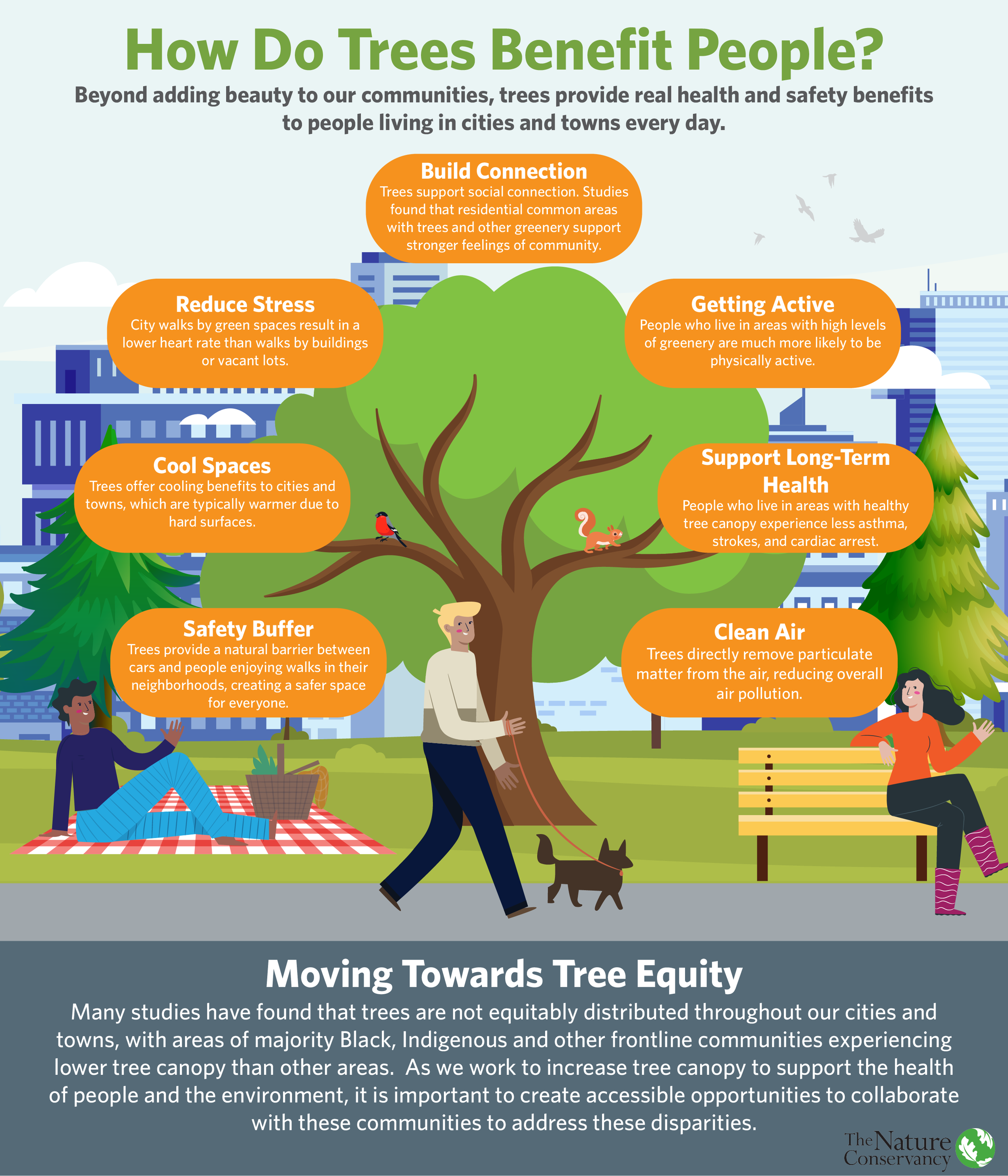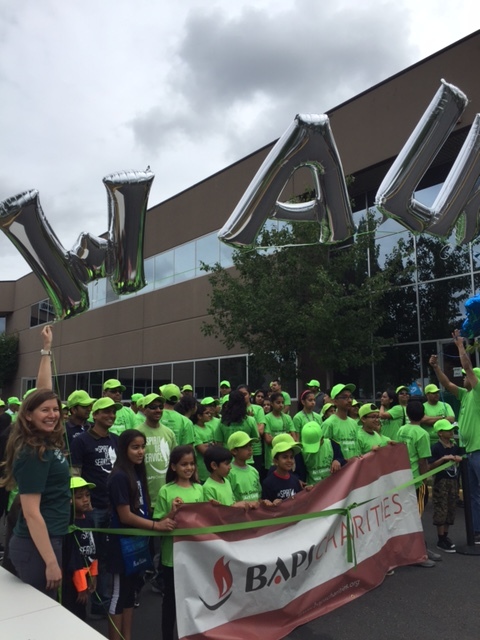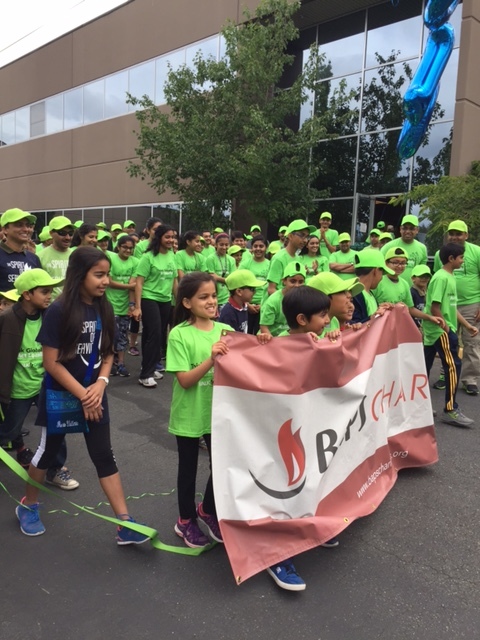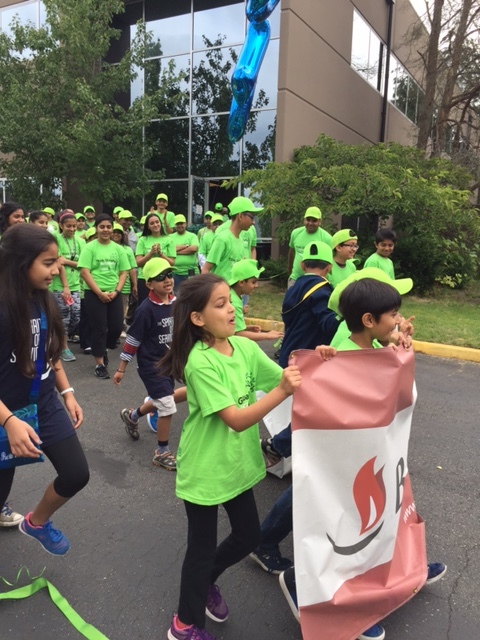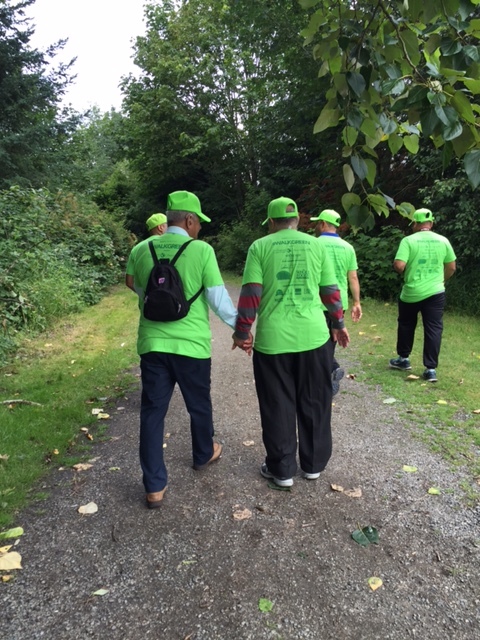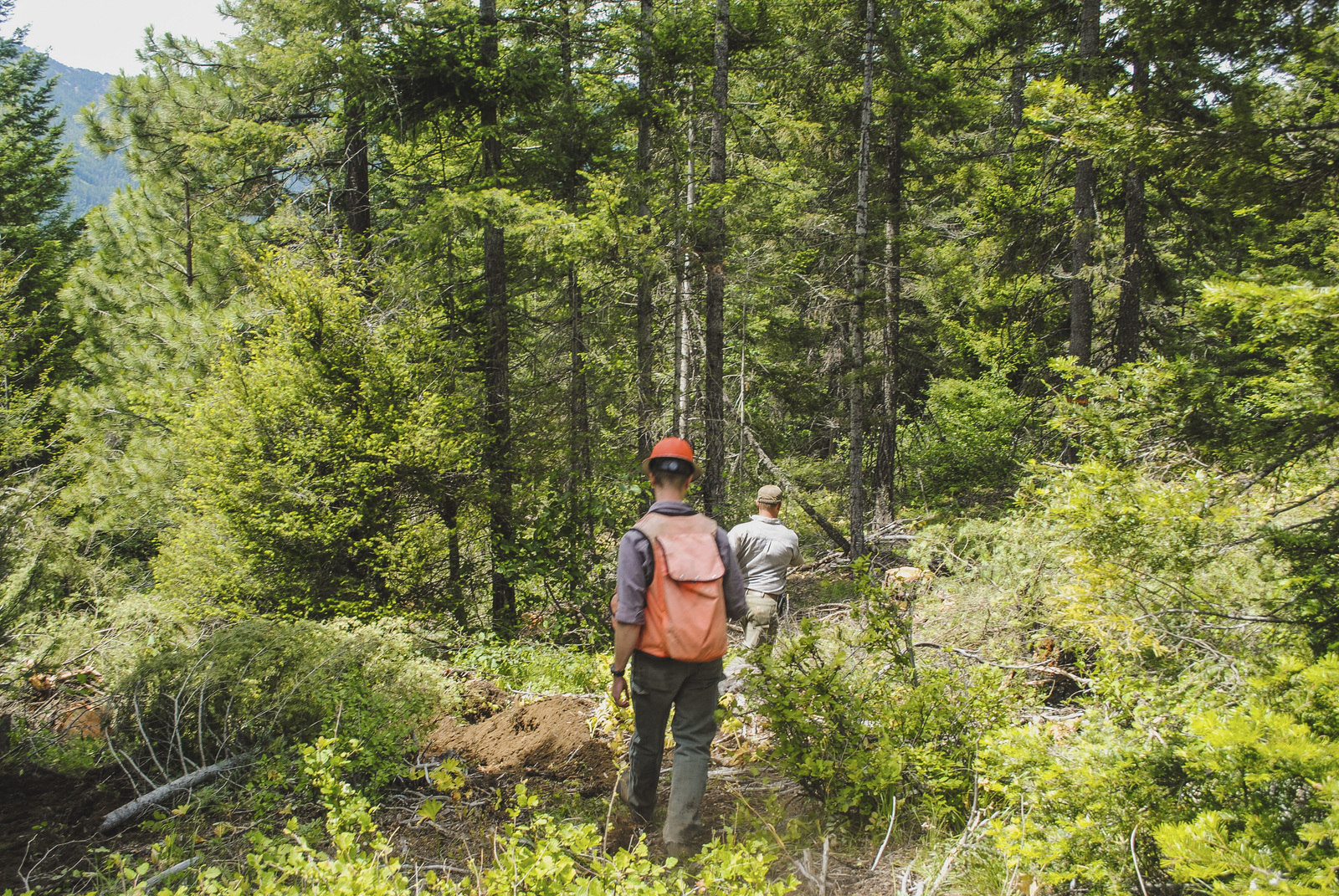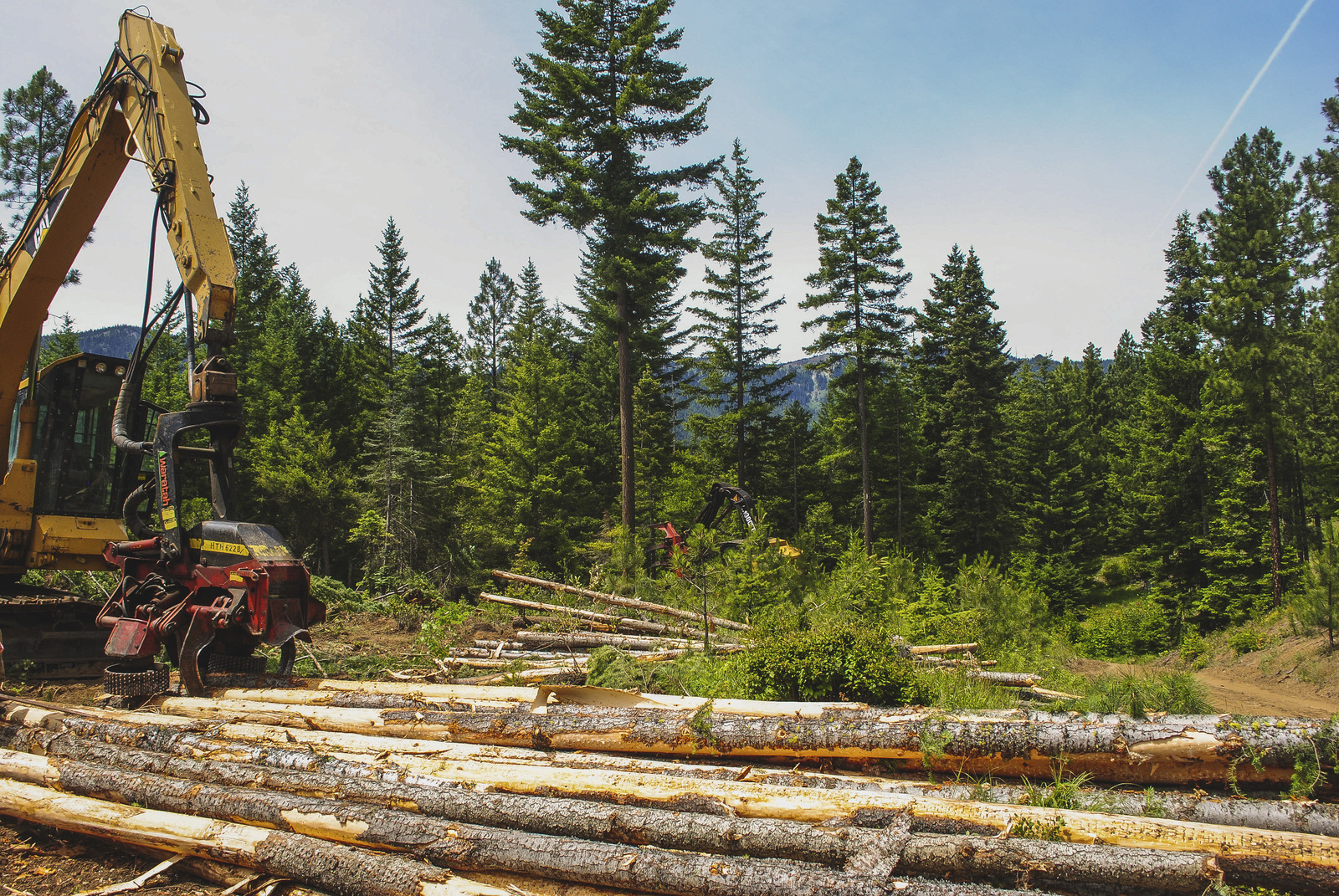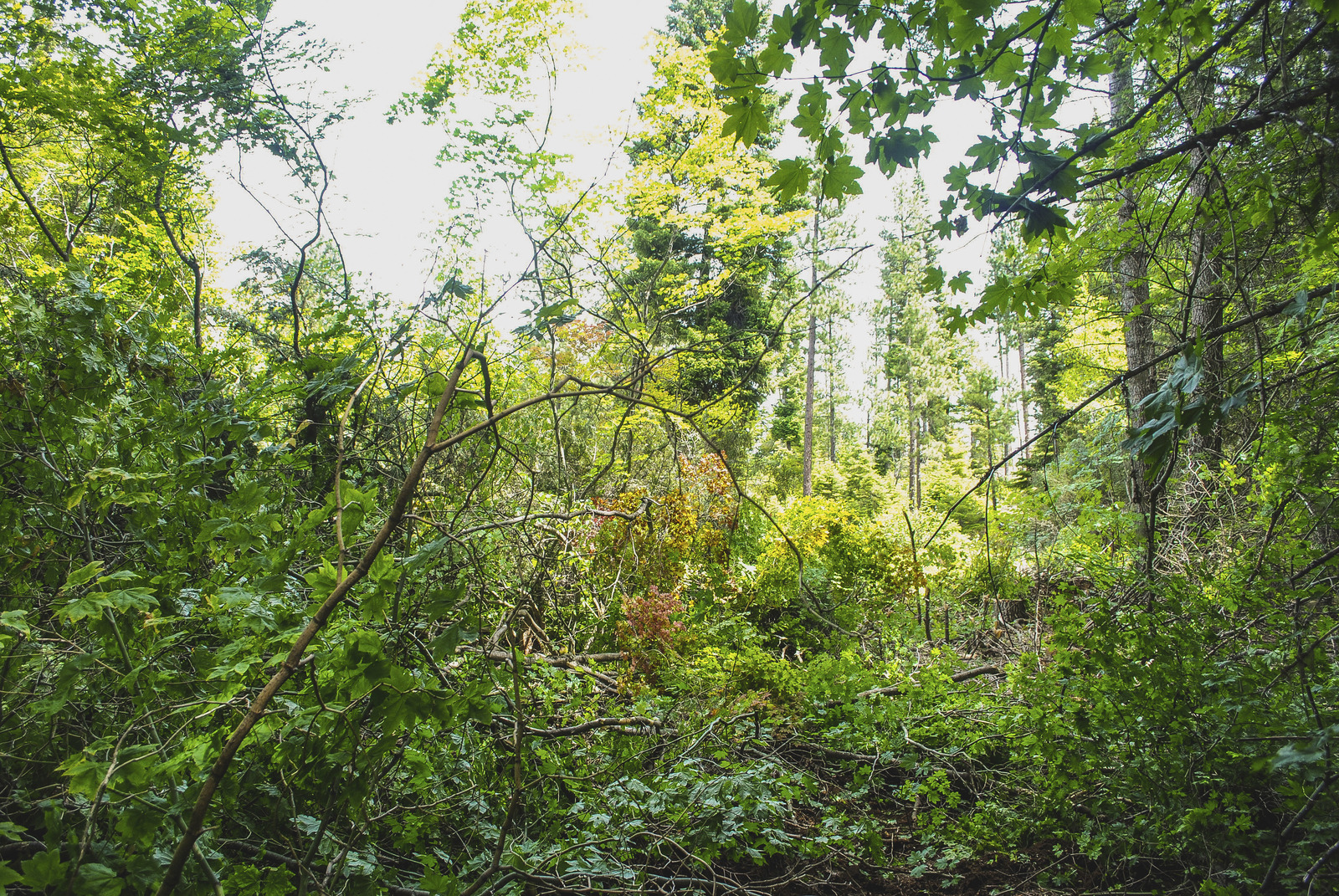Through our GRIT work, we are finding that temperature declines linearly with tree canopy cover. Because this relationship is linear, it suggests that there is no threshold tree cover required to affect air temperature; instead, every bit of additional tree canopy seems to help reduce local air temperature on hot days.
Health Benefits of Trees
October was for tree planting all around Puget Sound
You can be a voice for healthy urban trees
Real or Fake Christmas Tree?
Written by Robin Stanton, Media Relations Manager.
We love trees. They clean our air and water, store our carbon, and lend a hand in creating many of the things we depend on, from our homes and furniture to our beloved Louisville Sluggers. So we should never, ever cut one down for the sole purpose of decorating our living rooms for the month of December, right? Actually, wrong.
“If you choose a real Christmas tree over an artificial one, count yourself among the ‘greener’ holiday makers,” according to James Schroeder, Eastern Washington program director for The Nature Conservancy.
Here’s why:
30 million trees are harvested annually for Christmas, out of the 350-500 million growing on tree farms across the country. As each year's trees are harvested for sale, there are more than ten times as many left standing. A tradition of buying real trees keeps tree farms in business – and their lands covered in forest.
Conversely, about 10 million artificial trees are purchased each year. 90% are shipped to the U.S. from China. Artificial trees are not recyclable. In fact, most are made from a kind of plastic called polyvinyl chloride (PVC) which is derived from petroleum.
Local:
This year, the Cle Elum Kiwanis will be selling trees they collected from Conservancy land in the Central Cascades Forests. Money raised by the Kiwanis goes to support youth activities in the Cle Elum region. Christmas tree collection on Conservancy land is for non-profit groups by permit only, not for individuals. However, the neighboring Okanogan-Wenatchee Forest sells permits for individuals and families to collect trees.
Want to make your already green choice even greener?
· Visit a cut-your-own tree farm instead of purchasing a pre-cut tree. That way, you’ll know for certain that it wasn’t shipped in from outside your home state.
· Use LED lights—they’ll use as little as 10 percent of the electricity and last for years.
· Pass up the non-recyclable tinsel and make garland out of popcorn and/or cranberries.
· Keep using heirloom ornaments year after year, but if you’re still looking to fill some space on the tree, you don’t have to go the store-bought route. Try turning holiday cards or your child’s artwork into ornaments. Or go for a walk to collect pine cones or seashells and decorate with glue and glitter.
· If you are planning to purchase ornaments, choose wooden ones over plastic. When you travel during the year, pick up a painted wood ornament from the destination you visit. Soon you’ll have a collection of ornaments that brings back memories of trips with friends and family.
· Recycle your Christmas tree whenever possible. Many areas now offer a post-Christmas curbside pickup, and the trees are typically chipped or ground to use in mulch. Look for information specific to your area in your local newspaper.
Walking for a Greener Planet
Written & Photographed by Zoe van Duivenbode, Marketing Intern
The energetic spirit and passion for environmental protection truly shined at the BAPS Charities walkathon held in Redmond over the weekend. BAPS Charities is an organization that helps support charitable projects here in the United States and around the world. This year, BAPS Charities selected The Nature Conservancy's Plant a Billion Trees Initiative as one of their charitable projects to support! TNC's Initiative aims to plant one billion trees throughout the world by 2025 to make our planet a greener place for generations to come. BAPS Charities is showing their support by hosting a series of Walk Green fundraising events in over 50 cities across the country to help spread the word about the importance of environmental stewardship.
Dedicated children from the local BAPS Charities center in Redmond went from door to door within their communities, sharing TNC's Plant a Billion Trees Initiative with their neighbors. While each child walked up on stage to be congratulated for their incredible fundraising efforts, the true reward was in their enormous smiles and proud faces. Afterwards, Lauren Miheli, TNC’s amazing volunteer coordinator, kicked off the walkathon with a motivational speech and untied the starting line ribbon! Children, friends and families walked over the starting line and continued along the path to complete the 5K trail. While participating in the walkathon, we had time to chat with some of the members of BAPS Charities on why they support TNC’s Initiative. Many expressed that they wanted their children to become more involved with nature and help them understand they can make a difference in helping protect our planet.
These little stewards are playing a big part in making our billion tree dream become a reality! Thank you BAPS Charities for supporting our vision to create a greener and healthier planet for the enjoyment of future generations!
Thinning for Resiliency
Written & Photographed by Zoe van Duivenbode, Marketing Intern
I recently drove to one of our central cascade properties to meet with field forester, Brian Mize, to learn more about how we plan to manage and restore our forests. Prior to my visit, I was unfamiliar with logging as a tool for restoration and was eager to find out how removing certain stands of trees can actually benefit the forest by improving health, increasing fire resiliency and creating habitat for wildlife.
Over the last decade, fire suppression has been a high priority among land managers and owners in hopes to protect property and habitat. However, this push away from fire has slowly changed the landscape of our native forests, allowing for certain species to thrive where they typically would not and creating denser tree stands. This shift creates a problem for land managers and nearby communities because it increases the risk and severity of forest fires. Certain trees, like grand fir, are more vulnerable to forest fires and have become more common among tree stands in central cascade forests. Also, forests with high density stands forces trees to compete with each other for resources, increases the amount fuels for fires and reduces habitat suitability for wildlife.
The Nature Conservancy plans to apply restoration thinning techniques on select units of our central cascade properties to create a more historic and variable forest structure which will benefit communities, wildlife and nature. On July 9th, TNC is inviting the public to one of our central cascade properties to see our restoration first hand and learn more about the benefits of restoration thinning. Our field forester will share more about the science behind thinning, and will answer any questions about our restoration work.







